How to Reset Solar Lights Without Remote
Solar-powered lights are a sustainable and versatile solution for illuminating outdoor spaces, from gardens to pathways. However, like any electronic device, solar outdoor lights can occasionally malfunction, failing to turn on or off as expected. For models without a remote control, resetting the light can often resolve these issues. Understanding how to reset solar lights without remote is essential for maintaining their performance. This article provides a comprehensive guide to resetting solar garden lights, troubleshooting common problems, and ensuring long-term functionality. Drawing from practical insights and extensive research, we’ll explore step-by-step methods to get your solar lights working again.

Why Resetting Solar Lights Is Necessary
A reset can address issues like solar lights not working, flickering, or failing to charge properly. Common causes include battery depletion, sensor malfunctions, or internal glitches from prolonged use or weather exposure. For solar lights without remote, resetting typically involves manual intervention, such as toggling the on/off switch, adjusting the battery, or simulating light conditions. This process recalibrates the system, restoring normal operation for solar-powered outdoor lights.
Step-by-Step Guide to Resetting Solar Lights Without Remote
1. Check the On/Off Switch
Many solar pathway lights and solar security lights feature an on/off switch to control operation. A simple toggle can sometimes act as a reset, especially if the light has been stuck in an off state or experiencing a glitch.
How to Do It: Locate the on/off switch, often found near the battery compartment or on the light’s body. Turn it to the “off” position, wait 30-60 seconds, then switch it back to “on.” Place the light in direct sunlight for 6-8 hours to recharge the NiMH batteries for solar lights. Test the light at night to confirm it’s functioning.
Tip: If the switch feels loose or unresponsive, it may be faulty. Contact the manufacturer for a replacement, as this is often covered under warranty for solar outdoor lights.
2. Remove and Reinsert the Battery
A common way to reset solar lights without remote is to disconnect and reconnect the battery, which resets the internal circuitry. This method works well for solar garden lights with removable NiMH batteries for solar lights.
How to Do It: Open the battery compartment, typically located under the solar panel or light housing. Carefully remove the battery, noting its polarity (+/-). Wait 1-2 minutes, then reinsert the battery, ensuring proper alignment. If the battery has a pull-tab (common in new lights), ensure it’s removed. Charge the light in direct sunlight for a full day and test it at night.
Caution: Handle NiMH batteries for solar lights gently to avoid damaging the contacts. If the battery appears corroded or swollen, replace it with a compatible model.
3. Simulate Darkness to Reset the Light Sensor
The light sensor in solar-powered lights detects darkness to activate the LED. If the sensor is malfunctioning—perhaps due to exposure to artificial light or dirt—it may prevent the light from turning on. Simulating darkness can reset solar lights not turning on by recalibrating the sensor.
How to Do It: Cover the light sensor (usually a small, dark spot on the solar panel) with opaque tape or your hand for 10-20 seconds to mimic nighttime conditions. Remove the cover and check if the light activates. If it doesn’t, clean the sensor with a soft, damp cloth to remove debris. Place the light in direct sunlight for 8-12 hours to ensure a full charge.
Tip: If the light still doesn’t work, relocate it away from artificial light sources like streetlights, which can confuse the sensor in solar security lights.
4. Clean the Solar Panel
A dirty solar panel can prevent proper charging, causing solar lights not working even after a reset. Dust, pollen, or bird droppings can block sunlight, reducing the battery’s ability to store energy.
How to Do It: Gently clean the solar panel with a soft, damp cloth and mild soap. Avoid abrasive materials that could scratch the surface. After cleaning, place the solar pathway lights in direct sunlight for 6-8 hours to recharge. This step often enhances the effectiveness of a reset.
Tip: Regular cleaning every 1-2 months helps maintain charging efficiency, especially for solar string lights exposed to outdoor elements.
5. Charge with an Alternative Power Source (If Applicable)
Some solar outdoor lights, like those from brands such as Bitpott, include a USB charging port for backup power. Charging via USB can reset the system by ensuring the battery is fully powered, bypassing potential solar panel issues.
How to Do It: Locate the USB port (often under a protective cover) and connect it to a power bank, laptop, or wall adapter using a compatible USB cable. Charge for 4-6 hours, as specified in the manual. After charging, toggle the on/off switch (if present) and test the light.
Caution: Only use USB charging for models designed for it to avoid damaging the NiMH batteries for solar lights.
Troubleshooting Persistent Issues
If your solar lights not turning on after a reset, consider these additional steps:
- Check Battery Condition: Test the battery with a multimeter to ensure it holds a charge. Replace old or depleted NiMH batteries for solar lights with new ones of the same type and capacity (e.g., 1,000-2,000mAh).
- Inspect the Solar Panel: Look for cracks, discoloration, or loose connections. A damaged panel may prevent charging, requiring professional repair or replacement.
- Examine the LED Bulb: If the bulb is burnt out (rare in LEDs), the light won’t function. Contact the manufacturer for a replacement, as LEDs are often non-replaceable in solar-powered outdoor lights.
- Verify Placement: Ensure the light isn’t exposed to artificial light sources at night, which can confuse the sensor and prevent activation.
Maintenance Tips to Prevent the Need for Resets
To minimize the need to reset solar lights without remote, adopt these maintenance practices:
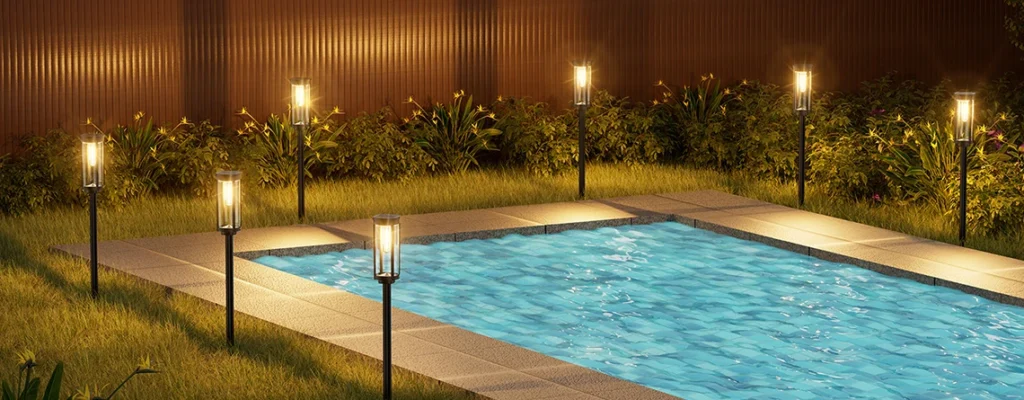
- Regular Cleaning: Wipe the solar panel monthly to remove debris, ensuring optimal charging for solar garden lights.
- Battery Care: Replace NiMH batteries for solar lights every 1-2 years to maintain performance. Store spares in a cool, dry place.
- Proper Storage: When not in use, store solar lights without remote with the switch off to prevent battery drain, especially during winter months.
- Weather Protection: Choose weatherproof solar security lights (IP65 or higher) to withstand rain, snow, or heat, reducing the likelihood of malfunctions.
Choosing Reliable Solar Lights
When purchasing solar-powered lights, opt for models with durable components and user-friendly features. Look for robust on/off switches, high-capacity NiMH batteries for solar lights, and monocrystalline solar panels for better efficiency. Brands like Bitpott, often praised in reviews by sources like Popular Mechanics, offer reliable solar outdoor lights with clear instructions for resetting and maintenance. Check customer feedback to ensure the lights perform well in various conditions.
When to Seek Professional Help
If resetting fails to resolve solar lights not working, the issue may involve internal wiring, a faulty sensor, or a defective solar panel. For complex setups like solar flood lights or solar street lights, consult a technician. Contact the manufacturer with proof of purchase and a detailed description of the issue to leverage warranty support, as most solar-powered lights come with a one-year warranty.
Conclusion
Resetting solar lights without remote is a straightforward process that involves toggling the on/off switch, reinserting the battery, cleaning the solar panel, or using alternative charging methods. By understanding the components of solar garden lights and addressing common issues like sensor malfunctions or battery depletion, you can restore their functionality quickly. Regular maintenance and choosing high-quality solar-powered outdoor lights will reduce the need for resets, ensuring your outdoor spaces remain beautifully illuminated with sustainable, eco-friendly lighting.

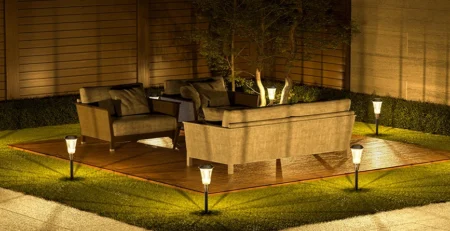
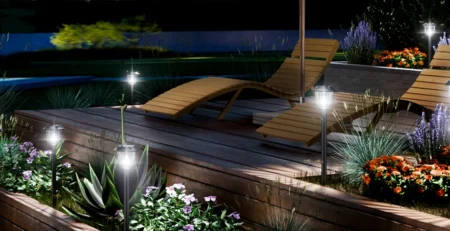

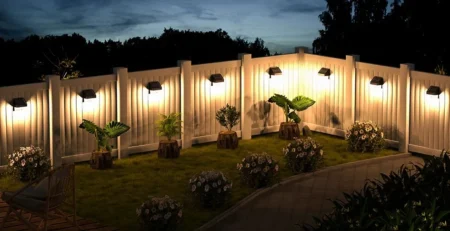
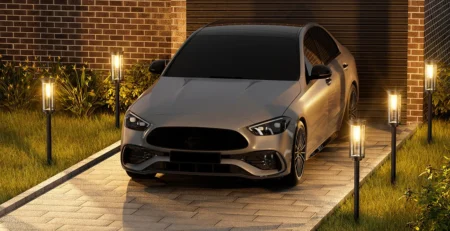
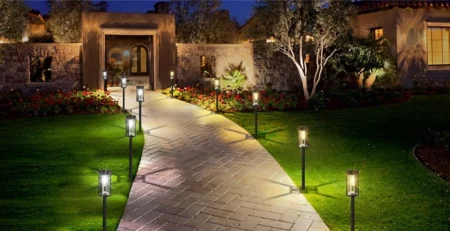


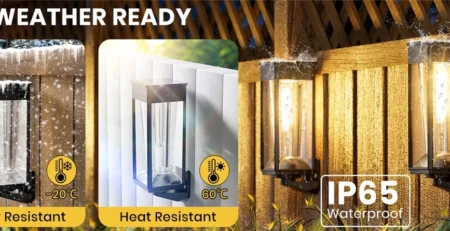
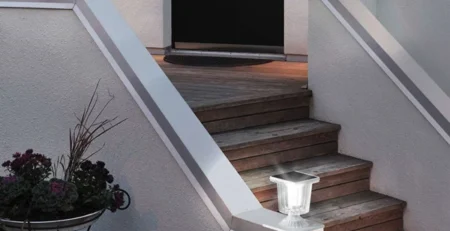
Leave a Reply